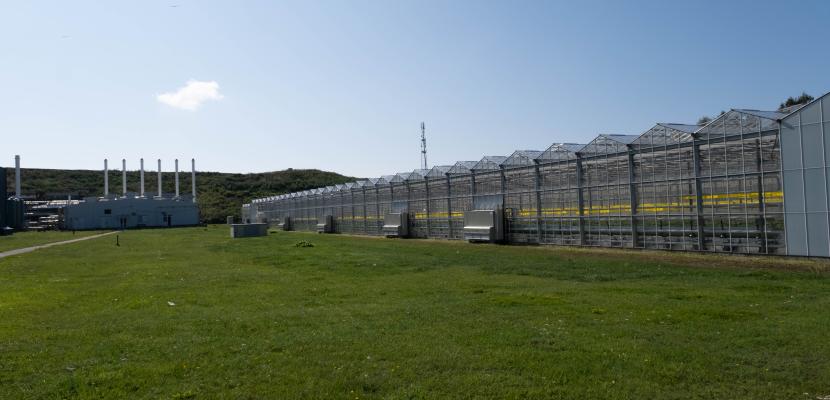
A public-private model to addressing historical waste pollution in river catchment

About this good practice
When Latvia joined the European Union in 2004, it was required to meet the EU Water Framework Directive and reduce pollution hotspots. At that time, the Getlini waste dump was one of the most polluted sites in Latvia, where most of Riga’s waste was disposed of directly onto a wetland without soil preparation. This led to pollution of the Latvia’s largest Daugava River, and threatening the capital’s drinking water sources (groundwater).
Today, Getliņi EKO - a public-private partnership primarily owned by Riga’s municipality - has transformed into one of Europe’s most advanced landfills. It now safeguards water quality and ecosystems by protective geotextile, wastewater collection and treatment systems, and various catchment remediation activities. It also offers free environmental education, promotes waste as a resource by changing society's perception (such as using landfill gas to grow vegetables), and lowers waste management costs for capital Riga’s citizens.
This successful initiative was funded through EU and national contributions, with key stakeholders including Riga and Ropazi municipalities, water management authorities, and ministries. The primary beneficiaries of this transformation are the residents of capital Riga, who enjoy both improved environmental and social benefits.
Expert opinion
Resources needed
Large public investments over last 20 years, i.e. EU Cohesion Fund project “Creation of a biodegradable waste processing facility at a landfill”, total budget 35M EUR, EU EISMEA project “CERITA” (total budget 1.5M EUR).
Evidence of success
The further spread of contamination towards Latvia's largest River Daugava, and pollution migration into groundwater supplying capital Riga's drinking water, has been reduced. The wetland area around the former waste dump has been improved, enhancing biodiversity protection and restricting animal access to waste. Further investments are planned to continue addressing historical pollution.
Potential for learning or transfer
Getliņi EKO offers a model for sustainable waste and water management with broad potential for adoption. By treating waste as a resource, it reduces both new pollution and historical contamination. The facility captures landfill gases to generate energy, lowering greenhouse emissions and heating costs. This energy supports greenhouse agriculture, boosting food security and public trust in sustainable practices.
Success relies on regulatory support, community involvement, and technology investment, though high initial costs and local adaptations may pose challenges. Providing training and free public education on waste management is essential to maximize benefits. By addressing these factors, other regions can replicate Getliņi EKO’s model for better environmental and economic outcomes.
Further information
Website
Good practice owner
You can contact the good practice owner below for more detailed information.
